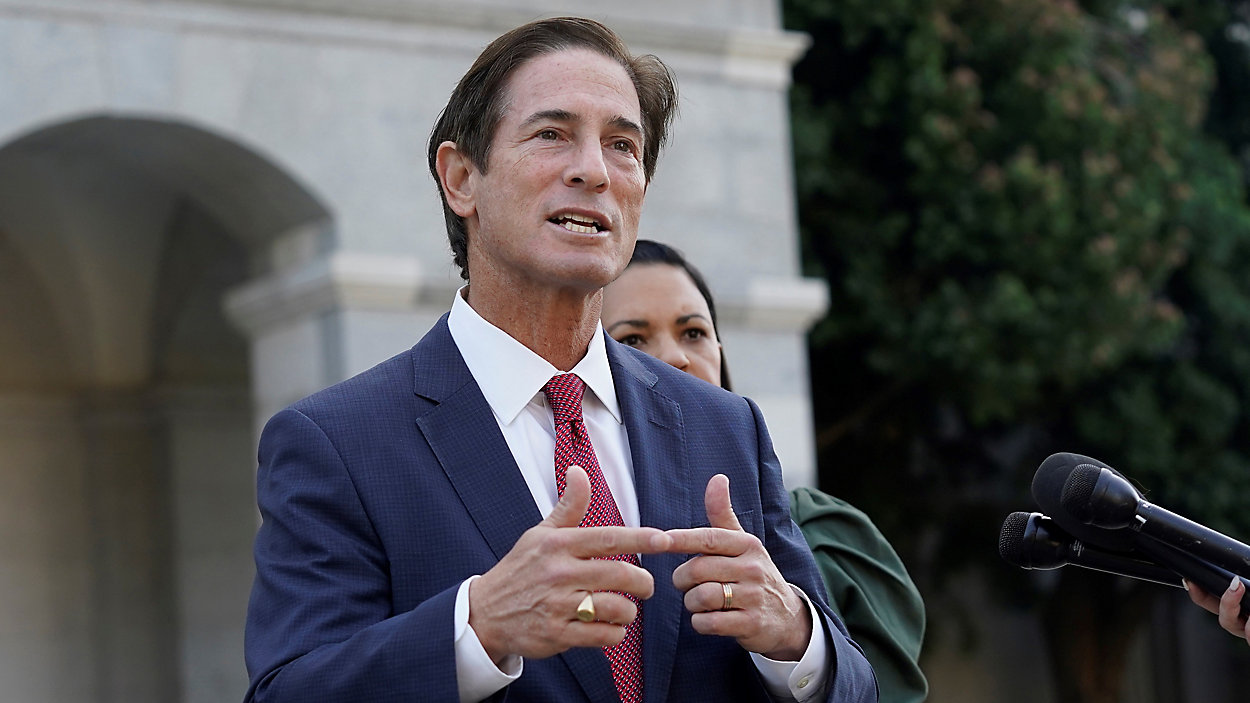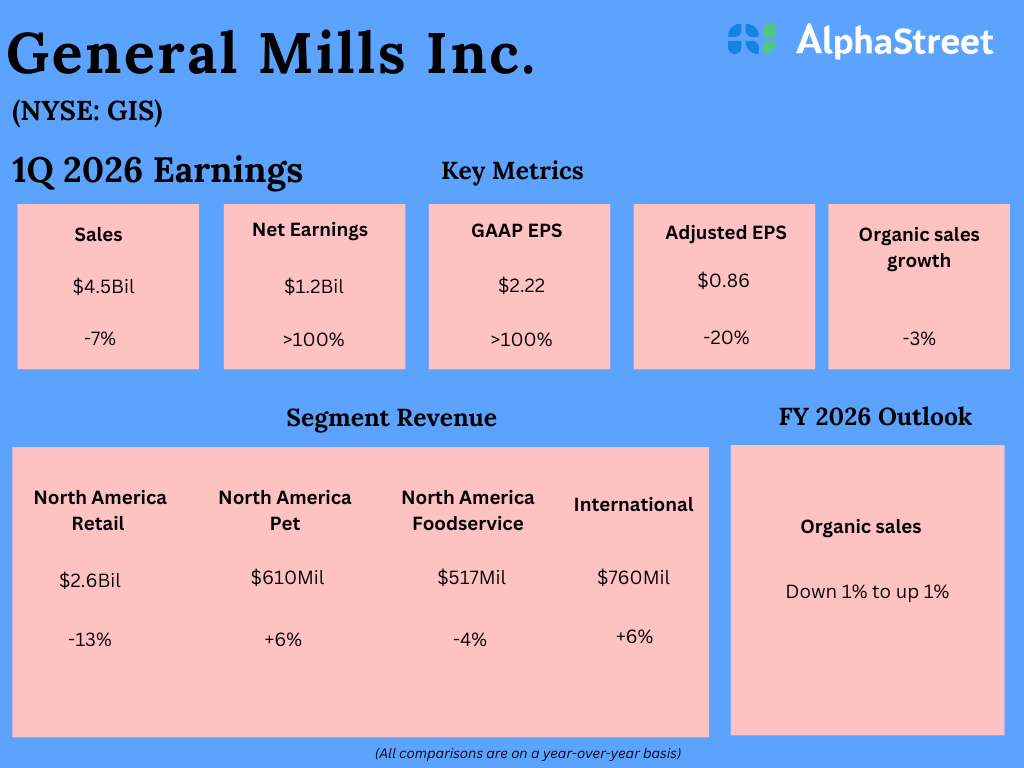Healthcare data analytics company Health Catalyst (NASDAQ:HCAT) announced better-than-expected revenue in Q3 CY2025, but sales were flat year on year at $76.32 million. On the other hand, next quarter’s revenue guidance of $73.5 million was less impressive, coming in 1.7% below analysts’ estimates. Its non-GAAP profit of $0.06 per share was in line with analysts’ consensus estimates.
Is now the time to buy Health Catalyst? Find out in our full research report.
Revenue: $76.32 million vs analyst estimates of $75.01 million (flat year on year, 1.7% beat)
Adjusted EPS: $0.06 vs analyst estimates of $0.07 (in line)
Adjusted EBITDA: $12 million vs analyst estimates of $10.39 million (15.7% margin, 15.5% beat)
Revenue Guidance for Q4 CY2025 is $73.5 million at the midpoint, below analyst estimates of $74.81 million
EBITDA guidance for the full year is $41 million at the midpoint, above analyst estimates of $40.24 million
Operating Margin: -22.9%, down from -17.9% in the same quarter last year
Free Cash Flow was -$5.27 million compared to -$14.19 million in the previous quarter
Market Capitalization: $199.2 million
“For the third quarter of 2025, I am pleased by our financial results, including total revenue of $76.3 million and Adjusted EBITDA of $12.0 million, with these results beating our quarterly guidance on each measure,” said Dan Burton, CEO of Health Catalyst.
Built on its “Health Catalyst Flywheel” methodology that emphasizes measurable outcomes, Health Catalyst (NASDAQ:HCAT) provides data and analytics technology and services that help healthcare organizations manage their data and drive measurable clinical, financial, and operational improvements.
A company’s long-term sales performance is one signal of its overall quality. Any business can put up a good quarter or two, but many enduring ones grow for years. Over the last five years, Health Catalyst grew its sales at a 12% annual rate. Although this growth is acceptable on an absolute basis, it fell short of our standards for the software sector, which enjoys a number of secular tailwinds.
Long-term growth is the most important, but within software, a half-decade historical view may miss new innovations or demand cycles. Health Catalyst’s recent performance shows its demand has slowed as its annualized revenue growth of 4.4% over the last two years was below its five-year trend.
This quarter, Health Catalyst’s $76.32 million of revenue was flat year on year but beat Wall Street’s estimates by 1.7%. Company management is currently guiding for a 7.7% year-on-year decline in sales next quarter.

























